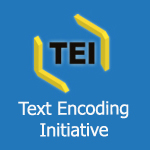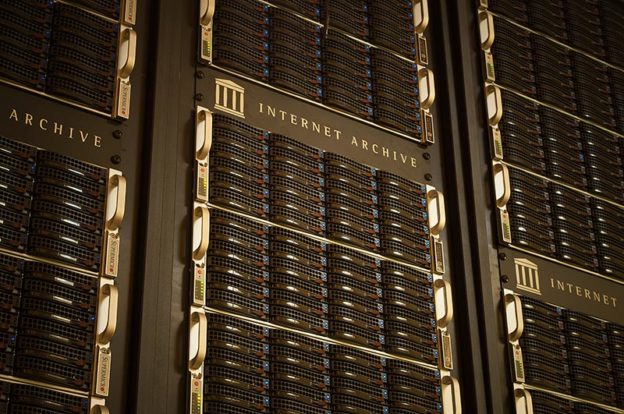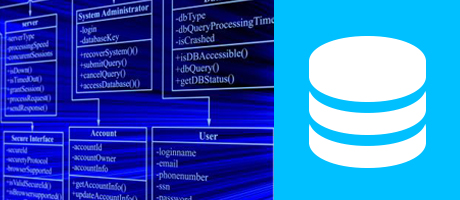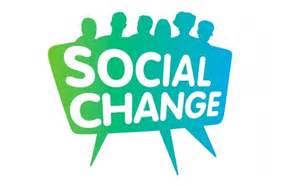-
The Crowd-sourced Encyclopedia

Wikipedia comprises an enormous knowledge base that is constantly being adapted, edited and added to. In order to moderate this knowledge, Wikipedia utilizes a vast number of editors which it relies on to provide information, citations and so on. However, much of the information on Wikipedia is lacking a credible source. It may be that…
-
Podcasting, Politics, and “Papers, Please”

At the end of January, I got back together with Kyle Romero and Terrell Taylor and we recorded the second episode of Scholars At Play. For this episode, we played the 2013 classic indie game Papers, Please developed by Lucas Pope and read a review by games academic Rui Craveirinha, as well as a journal…
-
My Text Encoding Initiative

http://www.tei-c.org/index.xml http://professional.mit.edu/programs/short-programs/machine-learning-big… Through the use of TEI encoding, I have been able to formulate a representation of a text document in digital form. The short snippet of the document that I attempted to encode was called “A Poem on the Bill Lately Passed for Regulating the Slave Trade”. One of the main components in…
-
Understanding Animal Faces

I found my project on zooniverse, which is not a crowdsourcing project itself, but rather a platform which currently lists 51 projects from across several disciplines that are in need of volunteers. The project I contributed to was Understanding Animal Faces, the goal of which is to get computers to recognize the faces of different…
-
Activism & Crowdsourcing

Crowdsourcing and activism pair beautifully. There is power and numbers, and when it comes to activism, there is a lot of work that goes into researching, organizing, and mobilizing. I searched the web for crowdsourcing project that had to do with activism. In my search I came across different types of crowdsourcing projects. What’s on the…
-
The Stack of CrowdSourcing

What is crowdsourcing? Crowdsourcing is a method by which individuals or organizations use contributions to develop ideas or products. In today’s tech driven society, much of this is done through the use of the internet. One of my favorite crowdsourcing platforms is stack overflow. I place this site in the category of crowdsourcing because…
-
7 Billion Ideas

For my crowdsourcing project I chose the project 7 Billion Ideas, found here. A little about this project, “7billionideas exists to connect the 7 billion people on this planet with their own ideas, whether they are students, employees or entrepreneurs.”. I figured, I have had an idea sometime in my lifetime, I can contribute! Of…
-
Database & Digital Archive

The digital humanities bring up many questions that we seek answers to. In her article “Archives in Context and as Context”, Kate Theimer says that exploring digital humanities “is best compared, I think, to being a tourist in a foreign country for which there are no reliable guidebooks.” Because digital humanities is a new field, it…
-
The relationship between a Database and a Digital Archive

Stephen Ramsey points out that Relational Databases are very helpful and very efficient to access and search data. All Rational Databases use a comprehensive language goes by SQL that enable users and applications to search data very faster and more accuracy comparing to digital archives. Relationships: The relation between tables in Relational Databases it very similar to…
